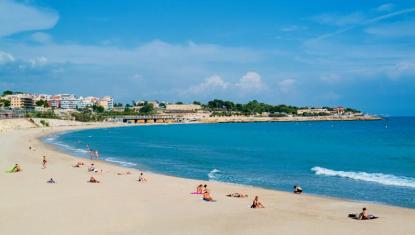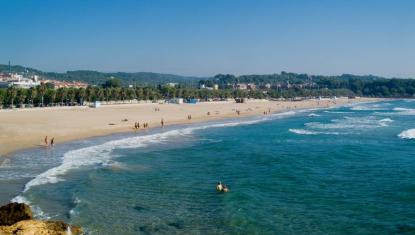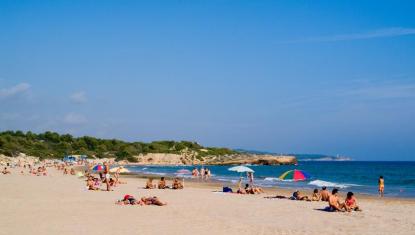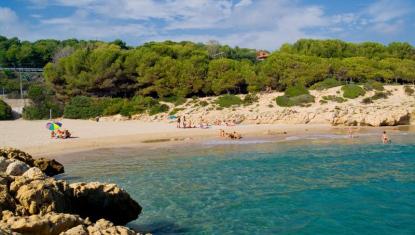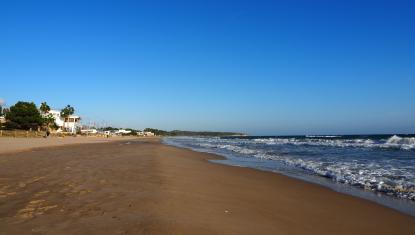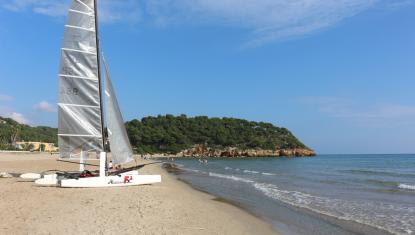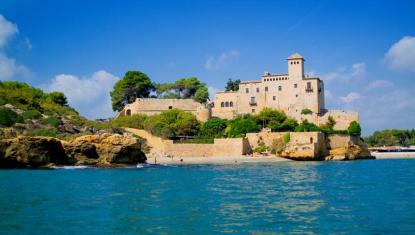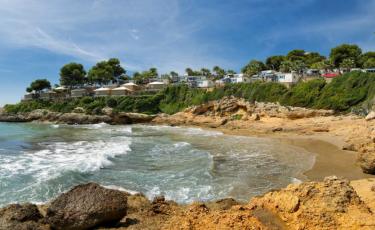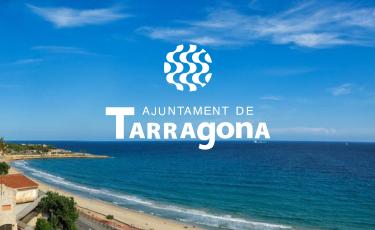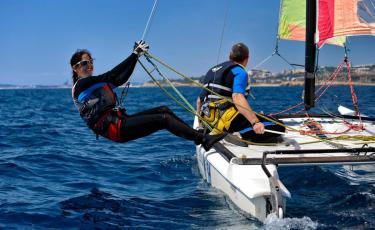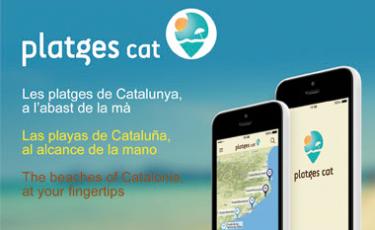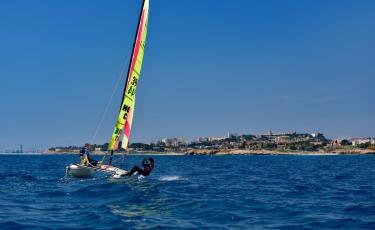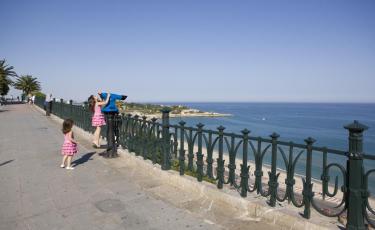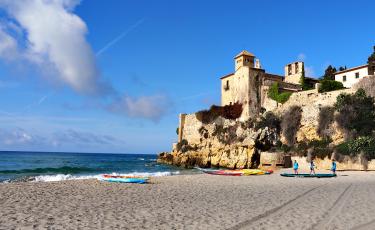Tarragona's beaches are renowned for their extremely fine, golden sand: hence the region’s name, “Costa Daurada”, which means "Golden Coast" in Catalan. The sand is soft and smooth and will mould to your body, such that all you need to sunbathe is a towel to keep the grains from sticking to your skin. If any sand does stick, simply wait for it to dry and it will fall off on its own. Of course, all of the city’s beaches are also equipped with showers where beach goers can go to freshen up or cool off.
The mild climate means the water is perfect for swimming from June to September, and sun-lovers can lie out or simply stroll along the coast practically all year round. The beaches and coves of the Costa Daurada have long, gradual slopes. Consequently, wading and swimming pose no risk. Simply take basic precautions, such as checking the weather forecast beforehand or making sure that the Red Cross has not raised a yellow or red flag, which would mean that the sea is rough or otherwise unsafe and that you should not stray far from the coast
Your comfort at the beach is further ensured by a wide array of services, ranging from clean-up and maintenance teams and regular water and sand analyses to restaurants and hammock and sport equipment rentals. The Municipal Sport Council also organises numerous sport activities in summer. This comprehensive offer is recognised each year through the Blue Flags earned by the city beaches and the environmental protection afforded to ecological beaches.
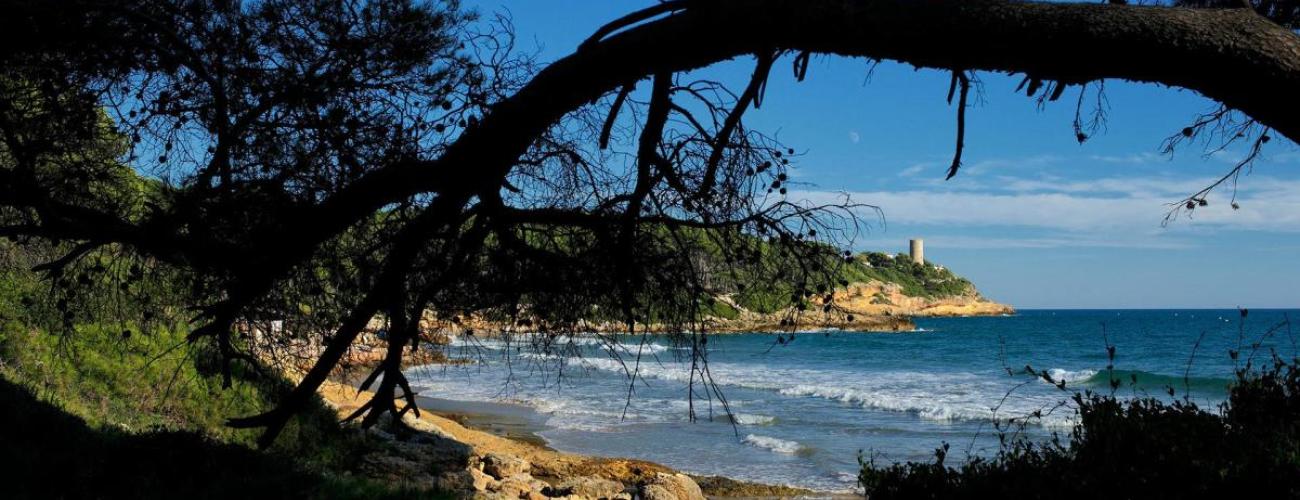
The beaches are also home to a rich and varied ecosystem, where life forms from the sea meet those of the land, giving rise to a great diversity of saltwater plants, dune plants and marshland birds and wildlife. Tarragona has two well-conserved areas, which are protected by law:
The Punta de la Móra Nature Reserve (PEIN, in Catalan) is home to several types of flora. Inside, you will find an area of thick underbrush punctuated with Kermes oaks and fan palms, followed by a forest of junipers, white pines and stone pines, often poetically bent from the strain of the constant sea breeze. In the water itself, several types of seaweed thrive alongside a prairie of Neptune grass, a plant that offers sustenance to a wide variety of fish.
At the Gaià River Delta nature reserve and Tamarit Beach, over 80 different bird species have been identified. The inland area contains a coastal forest dominated by poplars that gradually give way to beds of reeds as they approach the shore. Today a reforesting effort is underway to repopulate the area with native tree species, such as the black poplar or willow. These areas offer a variety of routes and educational activities aimed at associations, groups, primary and secondary schools and universities to help them discover the nature reserve's many fascinating features.
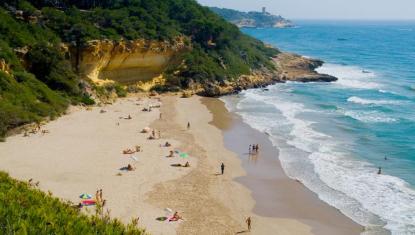
From Platja Llarga, heading north; from Platja de Becs, heading south
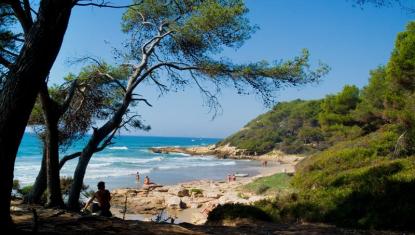
From Platja de l'Arboçar, heading north / From Platja de la Móra, heading south
